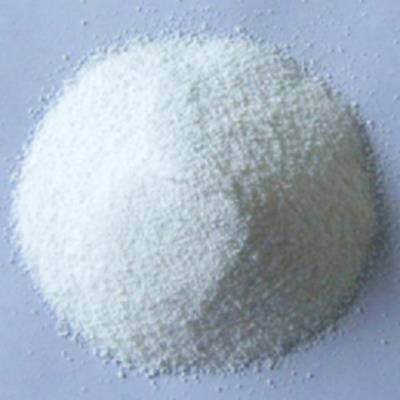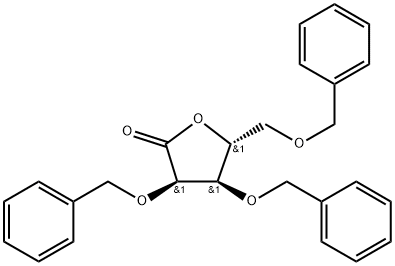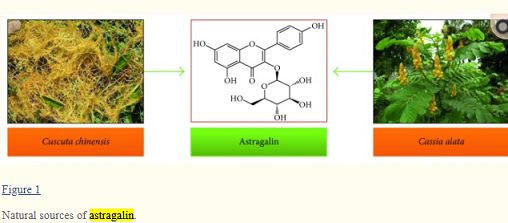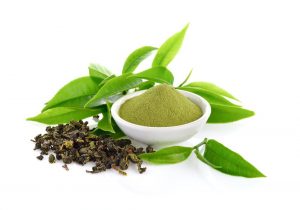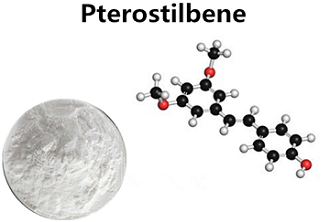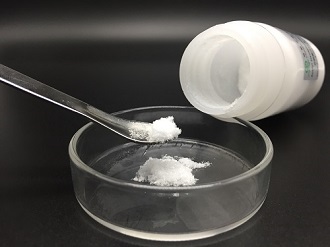Biochemical Engineering is one of the pillar industries of the 21st century and is the interdiscipline of biology, chemistry and engineering, being the general term of biochemical engineering and bio-processing engineering as well as being a branch of biotechnology. It is also one of the frontiers of chemical engineering disciplines and is the means for the conversion of biological technology into productivity, industrialization and commercialization. Biochemical Engineering products are products with animals, plants, microorganisms as raw materials and processing through approaches of biochemical engineering, physics and chemistry. It is widely applied to various kinds of fields including medicine, food, feed, basic organic chemicals, organic acids and bio-pesticides.
What is Hydroxypropyl cellulose?
Hydroxypropyl cellulose (HPC) is a derivative of cellulose with both water solubility and organic solubility. It is used as an excipient, and topical ophthalmic protectant and lubricant.
Aug 11,2021 Biochemical EngineeringWhat is D-Galactose?
D-Galactose is an aldohexose that occurs naturally in the D-form in lactose, cerebrosides, gangliosides, and mucoproteins. D-Galactose is an energy-providing nutrient and also a necessary basic substr
Aug 6,2021 Biochemical EngineeringSynthesis of Tagatose
D-tagatose is a kind of rare sugar. It is a new functional sweetener discovered in recent years that has the functions of low-calorie, lowering blood sugar, regulating intestinal flora, and anti-carie
Aug 5,2021 Biochemical EngineeringGlycine:Function and Production
Glycine, the simplest amino acid, obtainable by hydrolysis of proteins. Sweet-tasting, it was among the earliest amino acids to be isolated from gelatin (1820). Especially rich sources include gelatin
Aug 3,2021 Biochemical EngineeringWhat is 2,3,5-Tri-O-benzyl-D-ribonolactone?
What is 2,3,5-Tri-O-benzyl-D-ribonolactone?
Apr 26,2021 Biochemical EngineeringAstragalin: A Bioactive Phytochemical with Potential Therapeutic Activities
Medicinal plants have been an infinite source of therapeutic agents since millions of years. Most of the discovered drugs either belong to natural products or derivatives of natural compounds. The act
Oct 19,2020 Biochemical EngineeringWhat is L-theanine good for?Benefits And Use,Dosage
L-theanine is an amino acid. The human body does not produce this compound, and it is not essential for humans. Green tea, black tea, and certain types of mushroom naturally contain L-theanine.
Sep 17,2020 Biochemical EngineeringThe effect and Relevant research of Pterostilbene
Pterostilbene(trans-3,5-dimethoxy-4-hydroxystilbene) is a stilbenoid chemically related to resveratrol.In plants, it serves a defensive phytoalexin role.
Sep 16,2020 Biochemical EngineeringWhat Is Argireline?Efficacy,Mechanism,Instructions
Argireline is made up of chains of amino acids. Such chains can affect how our cells work, e.g. relaxing our face muscles.It is derived from the peptide Acetyl hexapeptide-3, a substrate of Botulinum
Aug 27,2020 Biochemical EngineeringThe application and safe concern of Maltodextrin
Maltodextrin is commonly spotted hiding near the bottom of ingredient lists of packaged or processed foods. It’s a white, powdery, nearly flavorless starch derived from rice, corn, potatoes, or wheat.
Aug 21,2020 Biochemical Engineering




